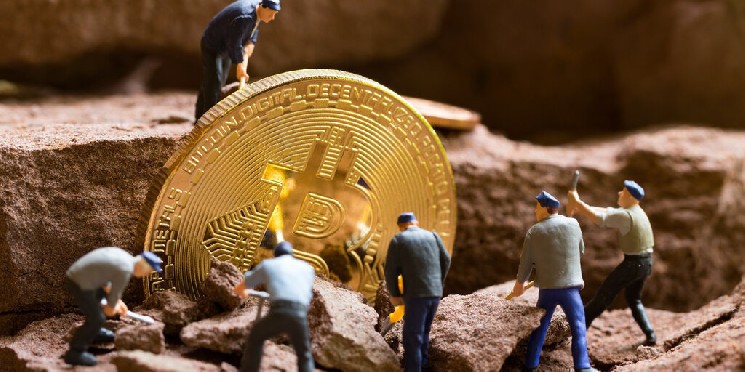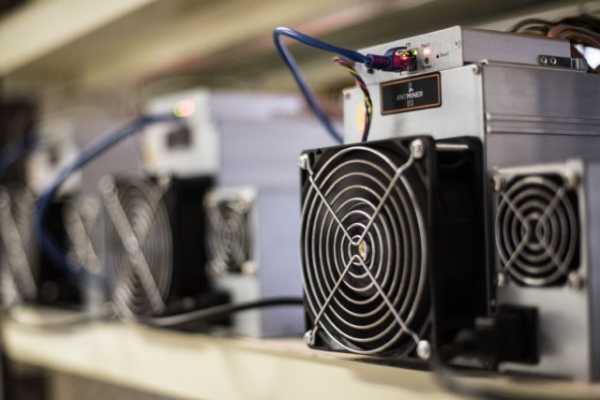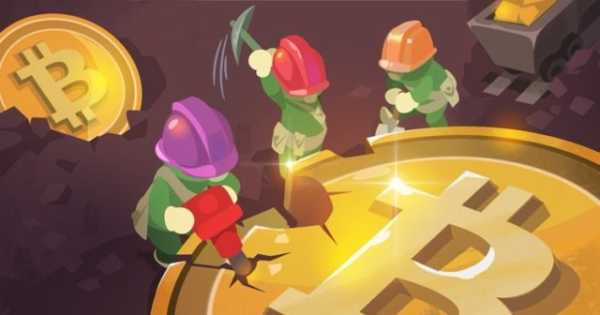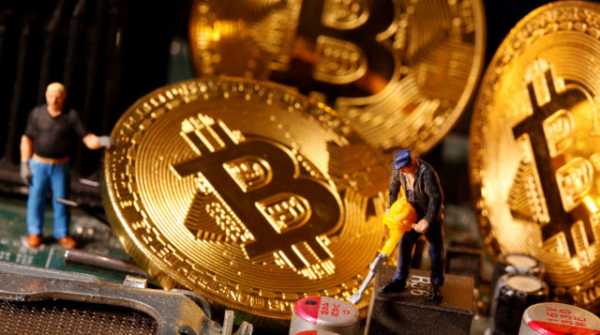Lately, Bitcoin solo miners have been mining more blocks – what does this mean?

Last week, another solo Bitcoin miner took a risk and successfully processed a block, earning a reward of 3.125 BTC. At the time, that was $259,637 in a single day, including transaction fees. It was one of several such solo results in recent months.
Is it possible to say that the miner is lucky? Is solo mining becoming more popular? And is it possible for an ordinary user to connect his home mining rig and succeed with minimal costs compared to large public miners?
The answers to these questions vary. Solo miners ( a term used to describe both individual hobbyist miners and groups that prefer to work privately) have a better chance of success, although not by much, and their overall numbers are unlikely to increase significantly.
SOLO BLOCK FOUND! pic.twitter.com/R0rRHW2wrb
— Solosatoshi.com™⚡️ (@SoloSatoshi) March 29, 2025
According to Scott Norris, CEO of independent Bitcoin miner Optiminer, mining without the support of large pools “still feels like a lottery.”
In 2022, solo miners using Solo CKPool — a service that allows anonymous miners to connect to the network without having to run their own full Bitcoin node — mined seven blocks. In 2023, that number increased to 12 blocks. In 2024, it reached 16 blocks.
However, a block mined via Solo CKPool (which, despite its name, is not a traditional mining pool) does not necessarily mean that someone mined Bitcoin at a very low hashrate while alone in their home, as some Crypto Twitter observers have loudly but erroneously concluded.
The mining pool market is dominated by a few big players, such as Foundry, AntPool, and F2Pool. Miners join a pool, share resources, and distribute rewards. With a service like Solo CKPool, a miner gets a reward as soon as he finds a block, keeping almost the entire amount.
As the Bitcoin network grows, mining blocks requires more power and resources, and mining operations are often industrial operations run by public companies. Some Bitcoin enthusiasts believe that this is bad for Bitcoin, as the network is meant to remain as decentralized as possible.
Hobbyist mining rigs like the Bitaxe and FutureBit Apollo, which cost between $200 and $500, have become popular devices among “Bitcoin maximalists.” In January, the FutureBit Apollo mined a block — but only thanks to a nonprofit group donating hashrate (the computing power dedicated to supporting the Bitcoin network) to the machine from other devices.
The idea was to “break the private mining empire to make Bitcoin and freedom technologies available to everyone,” Bitcoin miner Econoalchemist wrote on X at the time.
If you want to support our mission to dismantle the private mining empire and make Bitcoin and freedom technologies available to everyone, please send your miners to:
stratum+tcp://donate.256foundation.org:3333
and specify the name of the workflow:
bc1qce93hy5rhg02s6aeu7mfdvxg76x66pqqtrvzs3— burn the bridge (@econoalchemist) January 28, 2025
Despite the low odds, the rise of hobby miners may have contributed to the noticeable increase in individual block mining success in recent months. In an interview with Decrypt, Econoalchemist noted the recent upward trend in individual success.
“Every now and then, and increasingly, that single machine [processing a block] turns out to be a Bitaxe or similar small mining rig running in someone's home,” he said.
Scott Norris of Optiminer noted that large companies can mine blocks without using a large pool, but with a high hash rate.
Even Houston, Texas-based Solo Satoshi, which sells mining hardware like the Bitaxe Gamma, claims on its website that using a $180 Bitaxe machine with a 1.2 terahash per second hashrate gives a block mining probability of 0.00068390% per day.
However, Matt Howard, founder of Solo Satoshi, emphasizes that solo mining does not necessarily mean making a profit.
“The main goal is greater decentralization. Finding a block and getting a reward in bitcoins is just a bonus,” he noted.
Source: cryptonews.net



